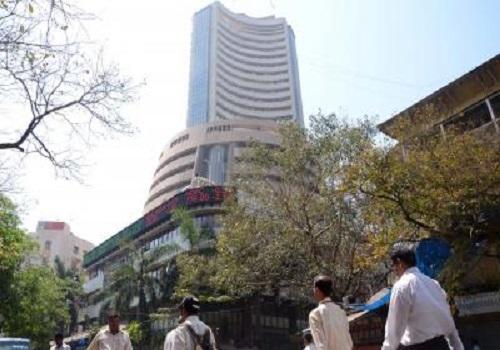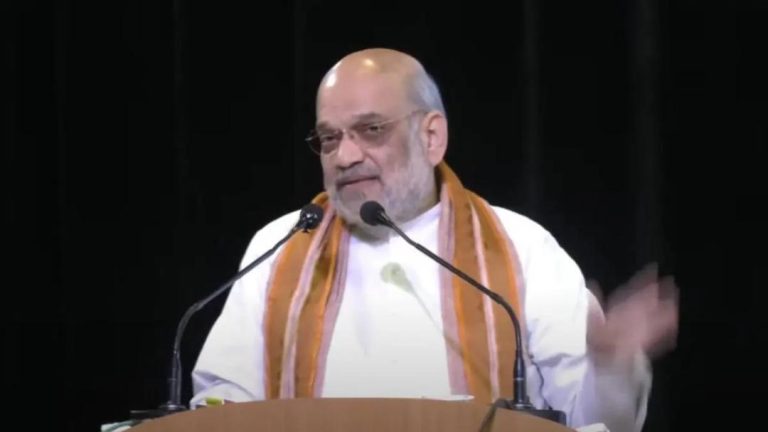
Market Recovery Driven by Positive Global & Domestic Cues: Experts
The Indian stock market has finally found some respite after a series of losses over the past three weeks. The week ended on a high note, with the market indices closing with gains of nearly 2 per cent. The sudden upswing can be attributed to a combination of positive global and domestic cues, which have helped to stabilize the financial markets.
According to market watchers, the global sentiment improved significantly following reports of a delay in US tariffs and the possibility of further negotiations. This development has helped to ease concerns about a potential trade war, which had been weighing on investor sentiment in recent weeks. The delay in tariffs is seen as a positive sign, as it may lead to a more peaceful resolution of trade disputes between the US and other major economies.
Domestically, the Indian market has been facing headwinds due to a range of factors, including a sharp decline in crude oil prices, a widening current account deficit, and a slowdown in economic growth. However, the recent gains can be attributed to a series of positive developments, including a rebound in the rupee, a decline in inflation, and a rate cut by the Reserve Bank of India (RBI).
The rupee, which had been under pressure in recent weeks, has staged a strong comeback, appreciating by over 2 per cent against the US dollar. This has helped to ease concerns about the impact of a depreciating currency on the economy and has boosted investor confidence.
Inflation, which has been a major concern for policymakers, has finally shown signs of easing. The Consumer Price Index (CPI) has declined to a 16-month low, indicating that the worst of the inflationary pressures may be behind us. This development has given the RBI more room to cut interest rates, which is seen as a positive sign for the economy.
The RBI, in its recent monetary policy review, had cut the repo rate by 25 basis points, citing a decline in inflationary pressures and a softening of the economic outlook. The rate cut is seen as a bold move by the central bank, which aims to boost economic growth and support the financial markets.
The recent gains in the Indian market have also been driven by a surge in foreign institutional investors (FIIs). FIIs have been net buyers for several weeks, injecting a significant amount of liquidity into the market. This has helped to drive up stock prices and has boosted investor sentiment.
Experts believe that the recent market recovery is driven by a combination of positive global and domestic cues. “The global economy is showing signs of stabilizing, and the delay in US tariffs is a positive sign,” said Rupesh Bhargava, a market analyst at Alchemy Capital. “Domestically, the RBI’s rate cut and the decline in inflation have also boosted investor confidence. The recent gains are a sign that the market is bottoming out, and we may see further gains in the coming weeks.”
Despite the recent gains, experts caution that the market is still vulnerable to volatility. “The global economy is still facing significant challenges, including a slowdown in growth and rising trade tensions,” said Navneet Damani, a research analyst at Motilal Oswal Securities. “Domestically, the economy is still facing headwinds, including a slowdown in growth and a widening current account deficit. Investors should maintain a positive approach, but also be prepared for potential volatility.”
In conclusion, the recent market recovery in India can be attributed to a combination of positive global and domestic cues. The delay in US tariffs, the decline in inflation, and the RBI’s rate cut have all contributed to the market’s turnaround. While the market is still vulnerable to volatility, experts believe that the recent gains are a sign that the market is bottoming out, and we may see further gains in the coming weeks.
Source:






